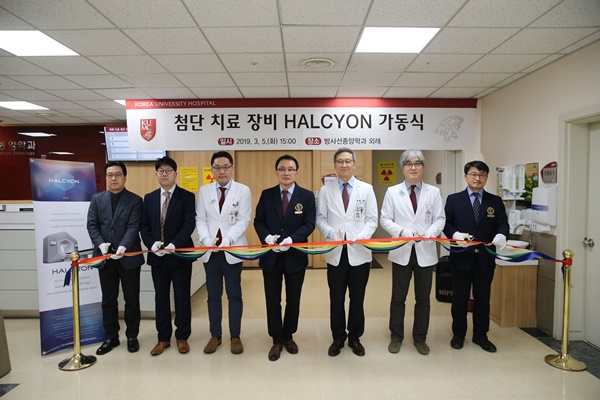RELATED Live.
- About us
- KIMA Members
-
KIMA Doctors
- All
- Anesthesiology
- artificial joint center
- Breast and Endocrine Surgery
- Breast cancer and thyroid cancer center
- Breast Surgery
- Cardiology
- Cardiothoracic Surgery
- Cerebrovascular Center
- Colorectal Surgery
- dental and maxillofacial surgery
- Dermatology
- Endocrinology
- Gastroenterology
- General Surgery
- Genito-Urology
- Hematology
- Hemato-oncology
- Infection Center
- Internal Medicine
- International Healthcare Center
- Korean Medicine
- liver center/Pancreas and billiary tract center
- Liver Transplantation
- Neurology
- Neurosurgery
- Obstetrics & Gynecology
- Ophthalmology
- Orthopedic
- Otorhinolaryngology
- Pediatric & Juvenile
- Pediatric Allergy and Respiratory Diseases
- Pediatric Gastroenterology
- Pediatric Neurology
- Pediatrics
- Physical Medicine & Rehabilitation
- Plastic & Reconstructive Surgery
- plastic surgery
- Pulmonology
- Radiation oncology
- Rheumatology
- Thyroid & Endocrine Surgery
- Urology
- Vascular Surgery
- KIMA News
- KIMA Live
- Community
KIMA NEWS

Korea University Anam Hospital first introduced in Asia the latest radiotherapy device, the latest version of Halcyon (Halcyon 2.0). Halcyon is specialized radiotherapy device as imaging-induced volumetric modulated radiotherapy and was introduced for the first time in the world at the University Hospital of Pennsylvania, USA, on 2017. The 2.0 version, which has been attracting attention as an innovative platform, was also introduced for the first time in the world at the University Hospital of Pennsylvania. In January, the first patient was treated in Anam Hospital in Korea. Halcyon 2.0 is the most advanced radiotherapy device. In medically advanced countries, it is expected as a standard of future linear accelerators. It is designed to provide more comfort to the patient during radiotherapy, and speeds up the operation and ease of operation for the medical staff through automation. This allows more precise operations. 'Halcyon is a radiotherapy system specialized for imaging-based volumetric-modulated radiotherapy,' said Professor Kim Chul-yong, the Department of Radiation Oncology, Korea University Anam Hospital. 'Halcyon 2.0 generates CBCT images within about 15 seconds and immediately applies them to treatment, helping to precisely capture the patient's posture and position, and shortening the treatment time with a fast process. It is a result of systematic integration of cutting-edge technologies. It is possible to shorten the treatment time and prevent the radiation leakage dose by using the dual structured multi-layered collimator (MLC), and minimize the radiation exposure to the normal tissue excluding the cancer tissue.

With MLC, which is 2 times faster than conventional therapy, and 4 times faster gantry speed, CBCT images can be acquired four times faster and drastically reduce treatment time for patients. Halcyon treats tumors based on imaging induction by three-dimensional computation. It has a 6MV FFF (flat panel filter-free) single energy, and its maximum radiation rate per minute is up to 800MU (monitor unit), enabling cutting-edge radiotherapy. Compared to conventional therapy, more complex and various cancer treatments can be performed in a time efficient manner. Shortening the treatment time can minimize the movement of the patient, thus enabling more accurate treatment.
RELATED Doctor
RELATED Members
Inquiry